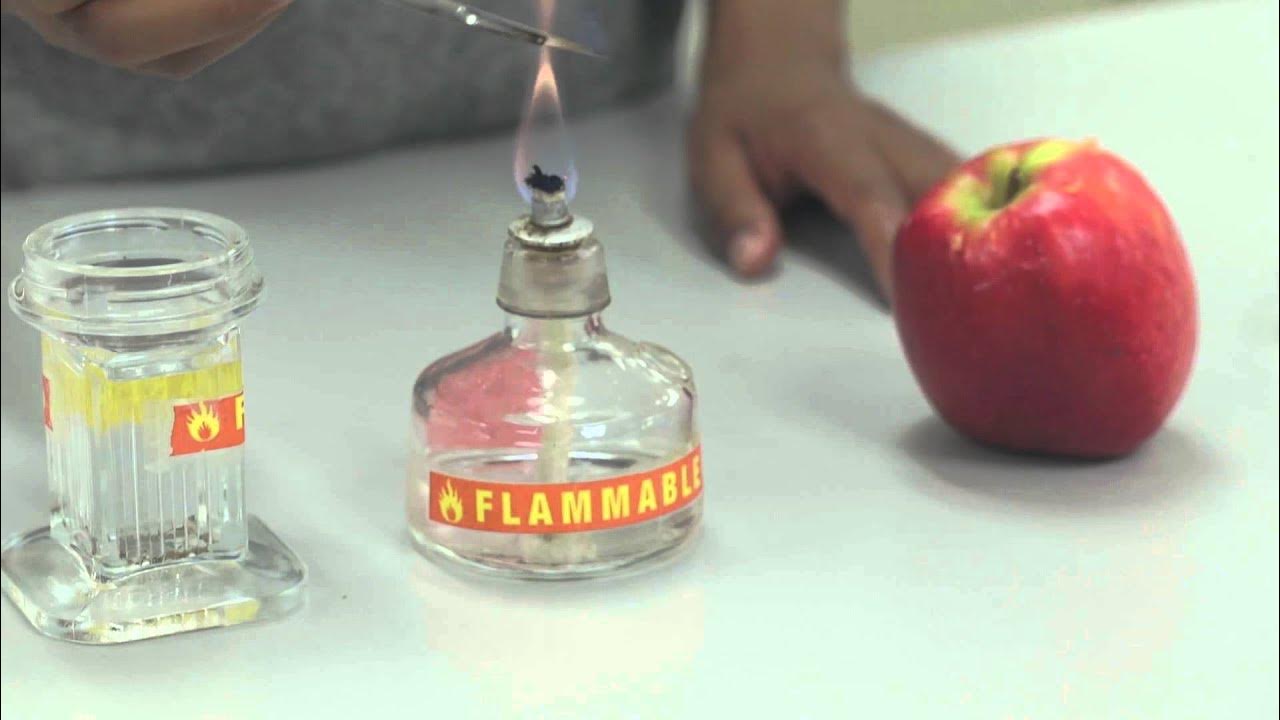Postulat Koch
Summary
TLDRThis video provides a detailed explanation of Koch's postulates, specifically applied to identifying the primary pathogen causing a plant disease. The process involves isolating the pathogen from the affected plant, culturing it in a pure medium, inoculating a healthy plant, and observing if identical symptoms appear. The video demonstrates these steps using a case study with pepper plants, emphasizing the importance of isolation, inoculation, and microscopic examination. Ultimately, it identifies Phytophthora as the causative agent of stem rot in pepper, offering an insightful guide for plant disease diagnosis.
Takeaways
- 😀 Koch's Postulates are crucial for identifying the primary pathogen responsible for plant diseases.
- 😀 The first step in Koch's Postulates is to ensure that the pathogen is always associated with the diseased plant.
- 😀 Isolation of the pathogen from the diseased plant tissue is essential for the diagnosis.
- 😀 The pathogen must be grown in pure culture on artificial media, like PDA, to ensure accuracy in identification.
- 😀 The isolated pathogen must be able to cause the same symptoms when inoculated into a healthy plant of the same species.
- 😀 The symptoms observed in the inoculated plant should match those in the original infected plant for confirmation.
- 😀 Re-isolation of the pathogen from the newly infected plant confirms that it is indeed the same pathogen as in the original diseased plant.
- 😀 The pathogen must show the same morphological and microscopic characteristics during re-isolation.
- 😀 The experiment focuses on a pepper plant infected by Phytophthora, which causes root rot and leaf spots.
- 😀 Ensuring aseptic techniques, such as disinfecting tools and work surfaces, is crucial for preventing contamination during pathogen isolation.
Q & A
What are Koch's Postulates and how are they applied in diagnosing plant diseases?
-Koch's Postulates are a series of steps used to identify the causative pathogen of a disease. These steps include: 1) The pathogen must be found in association with the diseased plant, 2) The pathogen must be isolated and grown in pure culture, 3) The pathogen must be able to cause the same disease when inoculated into a healthy plant, and 4) The pathogen must be re-isolated from the infected plant and match the original isolate.
Why is it important to isolate the pathogen from the plant tissue?
-Isolating the pathogen is crucial to ensure that the correct organism is identified as the cause of the disease. It allows researchers to study the pathogen in a controlled environment and confirm its role in disease causation.
What does 'inoculating a healthy plant' involve in Koch's Postulates?
-Inoculating a healthy plant involves introducing the isolated pathogen into a healthy plant of the same species or variety. If the plant develops the same symptoms as the original diseased plant, it confirms that the isolated pathogen is responsible for the disease.
What role does the PDA medium play in the isolation of the pathogen?
-PDA (Potato Dextrose Agar) is a medium used for growing fungi and other microorganisms. It is used in this process to culture the isolated pathogen, allowing researchers to observe its growth and characteristics, which are necessary for identifying the pathogen.
Why is sterilization important in the isolation process?
-Sterilization ensures that the equipment and work environment are free from contaminants that could interfere with the isolation of the pathogen. This is essential for obtaining pure cultures of the pathogen without cross-contamination from other microorganisms.
What is the significance of observing the pathogen under a microscope after reisolation?
-Microscopic observation allows for the detailed identification of the pathogen's structure, such as its spores, hyphae, and other characteristics. This helps to confirm whether the pathogen re-isolated from the healthy plant matches the original pathogen.
How does the inoculation step help in confirming the pathogen's role in the disease?
-Inoculation of a healthy plant with the isolated pathogen and observing the development of similar disease symptoms helps confirm that the isolated pathogen is indeed the cause of the disease.
What type of pathogen was identified in the study, and what disease does it cause?
-The pathogen identified in the study was *Phytophthora*, which causes basal stem rot and leaf spot disease in pepper plants.
What are the steps involved in the disinfection of plant tissue samples before isolation?
-The tissue samples are first cleaned with sterile water, then disinfected in a 0.5% NaCl solution for about 30 seconds to 1 minute. This is followed by rinsing the samples in sterile water to remove any residual disinfectant before proceeding with the isolation process.
Why is it necessary to observe both macroscopic and microscopic characteristics of the pathogen?
-Macroscopic observations (e.g., colony shape and color) help identify general characteristics of the pathogen, while microscopic observations (e.g., spore type and cell structure) provide more detailed information for precise identification. Both are necessary for confirming the pathogen's identity.
Outlines

This section is available to paid users only. Please upgrade to access this part.
Upgrade NowMindmap

This section is available to paid users only. Please upgrade to access this part.
Upgrade NowKeywords

This section is available to paid users only. Please upgrade to access this part.
Upgrade NowHighlights

This section is available to paid users only. Please upgrade to access this part.
Upgrade NowTranscripts

This section is available to paid users only. Please upgrade to access this part.
Upgrade NowBrowse More Related Video

Koch's Postulates in Plant Pathology - Step Two

Koch's Postulates in Plant Pathology - Step Three

Aula 2 Ciclo das relações patógeno-hospedeiro: Fungos e procariotos - (1/3)

Micro-Biology: Crash Course History of Science #24

YA IYALAH HAMA GAK MATI MATI.❗❗❗ KESALAHAN INSEKTISIDA SISTEMIK YANG TIDAK DIPAHAMI PETANI

Bacterial Pathogenesis || 4 Stages and Mechanism of Bacterial Pathogenesis
5.0 / 5 (0 votes)